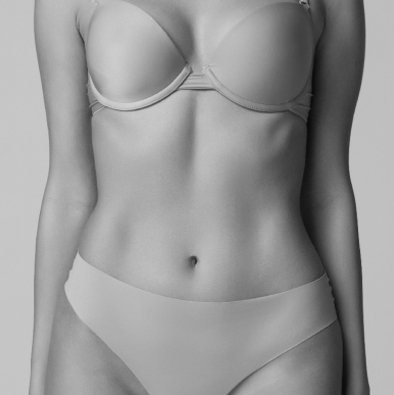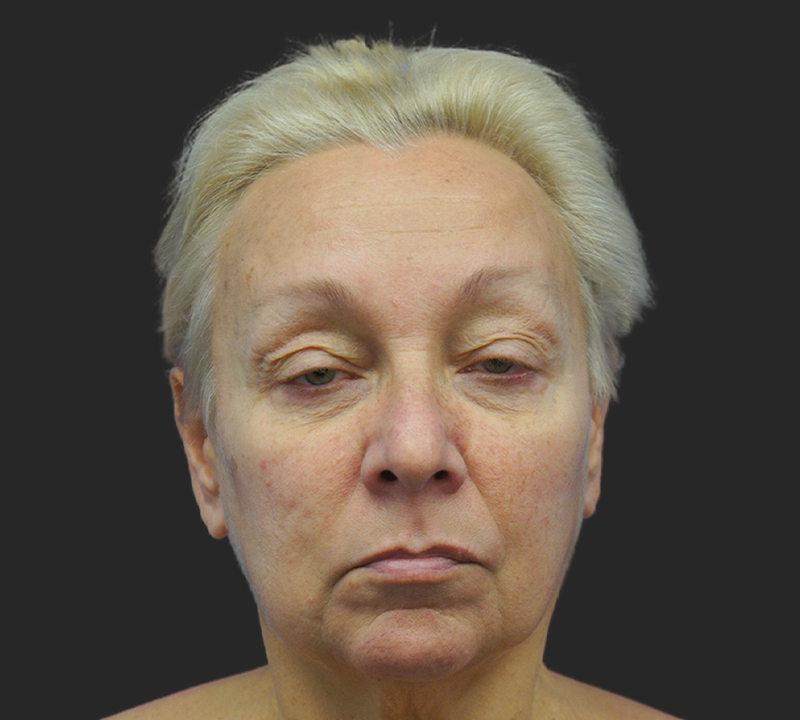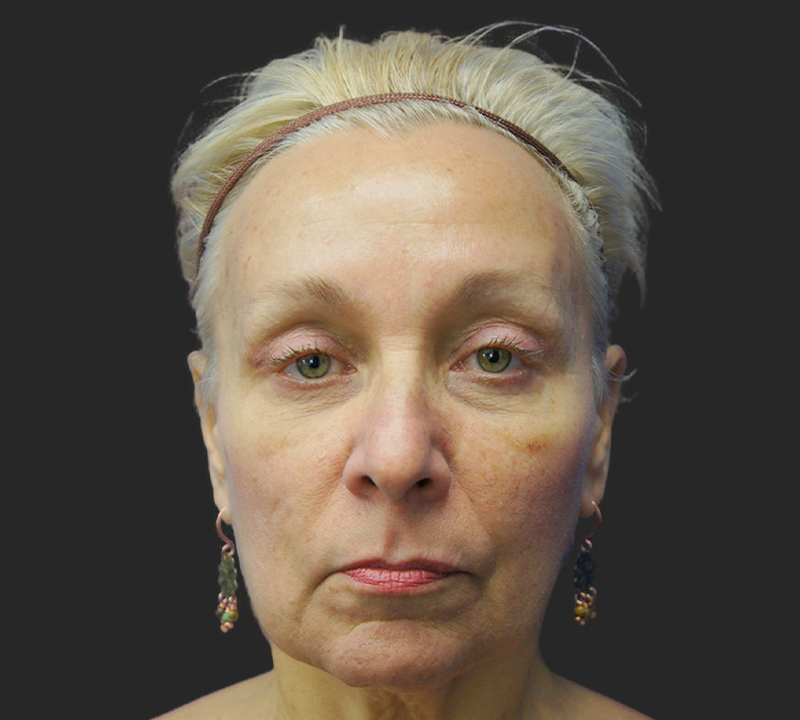Top Rated Blepharoplasty in New York
Cosmetic eyelid surgery (blepharoplasty) is a procedure that corrects drooping upper eyelids and puffy bags under the eyes by removing excess fat, skin, and muscle from the area. In some cases, blepharoplasty corrects overhanging upper lids that obscure vision. read more

Is Blepharoplasty Right For You?
The result of cosmetic blepharoplasty is a more youthful and well-rested appearance without a change in the shape or expression of the eyes. For many people, these results are long lasting. If, after the passage of time, a small amount of excess skin or fat develops again, it can be removed. It is uncommon for excess fat and skin to reappear until many years later*.
Dr. Kevin Tehrani has been in practice for many years, providing safe and natural-looking eyelid lifts for his patients.
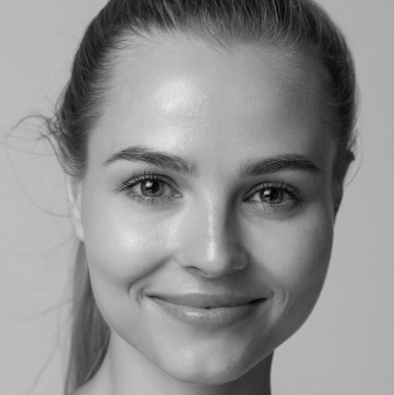
Who Is A Candidate for Blepharoplasty?
Candidates for blepharoplasty include men and women, usually over the age of 40, with drooping upper eyelids and/or puffy bags below the eyes. If such physical characteristics run in your family, you may consider having upper blepharoplasty or lower blepharoplasty at a younger age. Many people in their early to mid-30s begin to notice a tired appearance around the eyes, and the surgery can stop it before it becomes too pronounced.
Conditions like allergies, fluid retention, and thyroid disease can also cause puffiness around the eyes, and blepharoplasty cannot correct those conditions. People with special ophthalmic problems, such as dry eye syndrome, glaucoma, or a detached retina, may be candidates for blepharoplasty but require additional evaluation by an eye doctor for approval.
read more
THE PREOPERATIVE PERIOD
At your initial consultation, Dr. Tehrani will ask you to express your concerns about your appearance. The two of you will carefully discuss your goals and expectations. He will review your medical history and conduct a physical examination to determine if there are any eye conditions that might preclude blepharoplasty. He will also check your vision and tear production. These evaluations will help him create a customized surgical plan for you. Excessive laxity of your lower eyelids, for example, will warrant a specific technique.
During your consultation, Dr. Tehrani will help you decide if you need surgery on just the upper eyelids, the lower eyelids, or both. He may also suggest a brow lift to raise the eyebrows and tighten the forehead or laser resurfacing to further smooth fine lines around the eyes.
Dr. Tehrani may request that you visit your private medical doctor and/or your eye doctor for a check-up and for any necessary lab work and x-rays. Precise preoperative instructions are provided, and all necessary prescriptions are given to you in advance of your surgery. All aspirin, aspirin-containing products, and anti-inflammatory products must be stopped at least ten days before and for ten days after surgery. You will be provided with a complete list of medications to avoid. Tylenol may be taken during this time, and certain vitamins and homeopathic preparations will be suggested to promote healing and limit bruising.
ANESTHESIA
In most eyelid surgeries, general anesthesia is used, but local anesthesia with intravenous sedation may be sufficient in some cases. Dr. Tehrani and our anesthesiologists will help you make the decision that is best for you.
read more
The Preoperative Period
The Procedure
Cosmetic blepharoplasty is generally performed as an outpatient procedure and takes 1-2 hours. It may be combined with other procedures, such as a brow lift and/or facelift, in which case the total time is increased.
For the upper eyelid, an incision is made in the curved eyelid crease of the upper eyelid. This placement assures that the scar will be well hidden when it heals. Dr. Tehrani removes the previously determined amount of excess skin and fat, and the incision is closed with small sutures.
Lower blepharoplasty can sometimes be done with no external scar. Fat is removed using an incision within the internal portion of the lower eyelid (transconjunctival blepharoplasty), correcting the bagginess. Skin tightening is then performed using a laser or chemical peel.
The major advantage of making the lower eyelid incision on the inside of the lid is the avoidance of trauma to the muscle that supports the lower lid. This is important in preserving the natural shape of the eye after surgery and preventing a “surgical stare.”
The carbon dioxide, erbium laser or a TCA peel may also be used to resurface the lower eyelid, causing a mild contraction or shrinkage of the excess skin.
read more
The Postoperative Period
The first 1-2 hours after blepharoplasty are spent in the recovery room, where cold compresses are applied to minimize swelling. When you are fully alert, you will be able to return home in the care of a friend or family member.
You will be encouraged to keep your head elevated for several days and to use cold compresses to reduce swelling and bruising. There is very little, if any, pain following blepharoplasty. Pain medication is prescribed, although it is usually not necessary.
Some patients experience tearing and irritation for the first several days after surgery. Eye ointment may be prescribed for use at night and eye drops for daytime use until the symptoms resolve. Some patients experience blurred vision for several days, and your eyes may fatigue more easily during this time.
In most cases, the bruising is minimal and resolves after the first week. The stitches are removed 5-7 days following blepharoplasty. You may then resume wearing makeup and using contact lenses. The incisions may remain pink for a short period after surgery. They can be covered easily by makeup after the stitches are removed, and they usually fade and become inconspicuous in 4-6 weeks.
Most patients return to work and social activities after one week, and strenuous physical exercise can be resumed within 2-3 weeks*.
read more
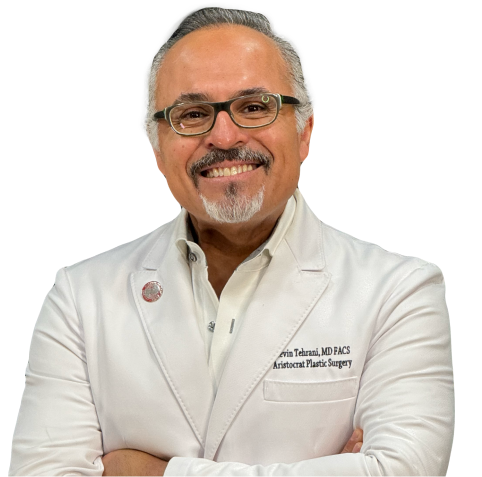
Meet Dr. Kevin Tehrani, MD FACS
Transconjunctival Blepharoplasty
Transconjunctival blepharoplasty refers to lower blepharoplasty in which the incision is made inside the lower eyelid where the scar is hidden. Sometimes, bags under the eyes can become heavy and sagging enough to pull the lower eyelid downward until the white underside is visible. Lower eyelid blepharoplasty correct this condition with no external scarring.
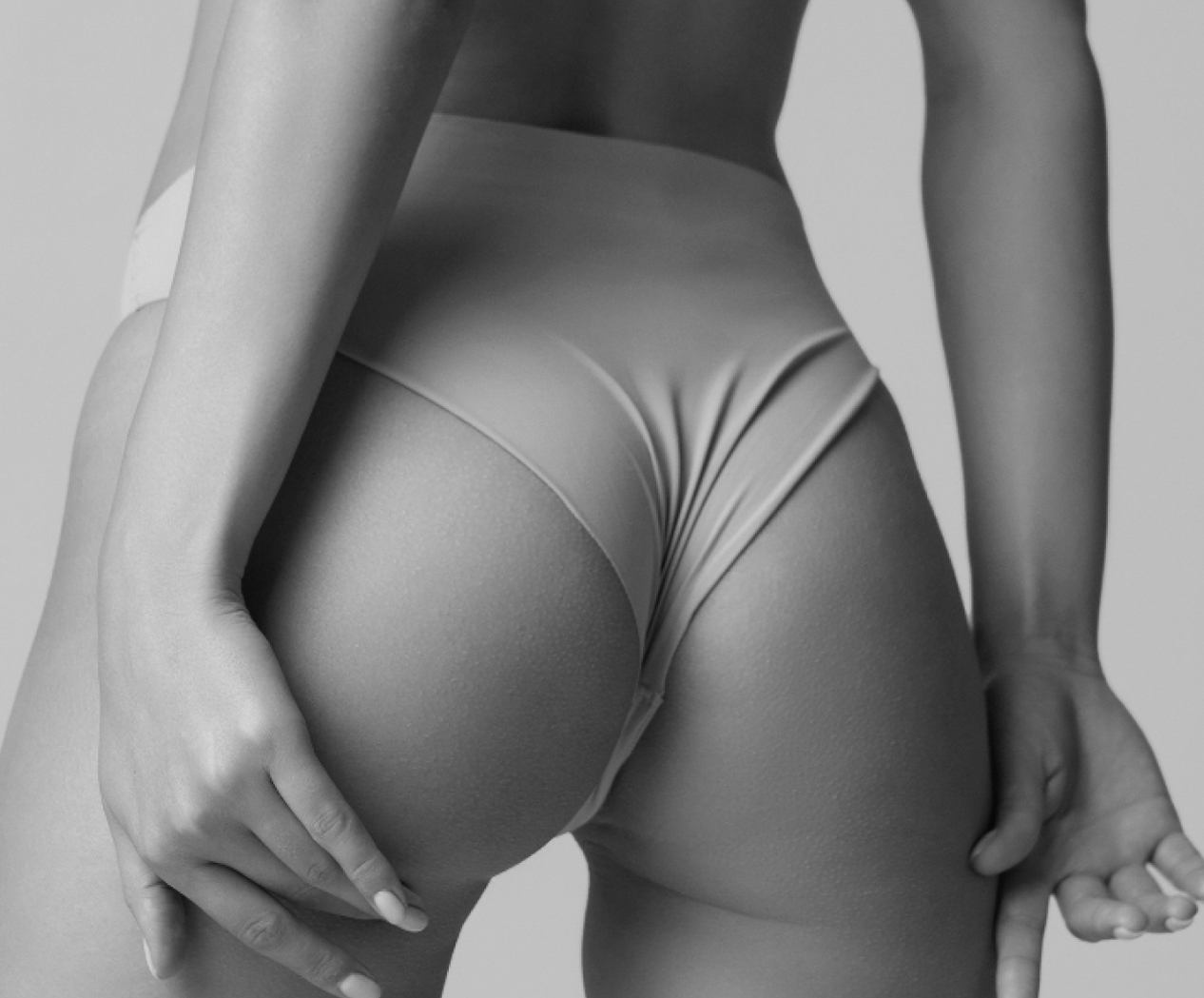
Asian Blepharoplasty
Asian blepharoplasty is a special type of upper blepharoplasty that alters the “single-lidded” appearance common among those of Asian descent to the “double-lidded” look that is common in the west. A precise incision is made to create a crease in the eyelid. Any excess tissue is removed to create the appearance you want.
The scar remains hidden in the eyelid crease, and recovery is the same as for other types of blepharoplasty.
Get in touch
To schedule a consultation, please fill out the form below or call us at our Manhattan or Great Neck office locations.
"*" indicates required fields
Frequently
Asked Questions
Does eyelid surgery address both upper and lower eyelids?
Yes. It can correct sagging upper lids, puffy under-eye bags, or both, depending on your needs.
How long does the procedure take?
Typically 1–2 hours, depending on whether you’re having upper, lower, or both eyelids treated.
Will blepharoplasty help with crow’s feet?
It’s more effective for eyelid bags and excess skin. Crow’s feet may be better addressed with injectables or laser treatments.
Is the procedure painful?
Discomfort is usually mild; swelling, bruising, and slight dryness or irritation of the eyes are common and resolve over time.
Are the results permanent?
While aging continues, the improvements typically last many years. Proper skincare and sun protection can help prolong results.



